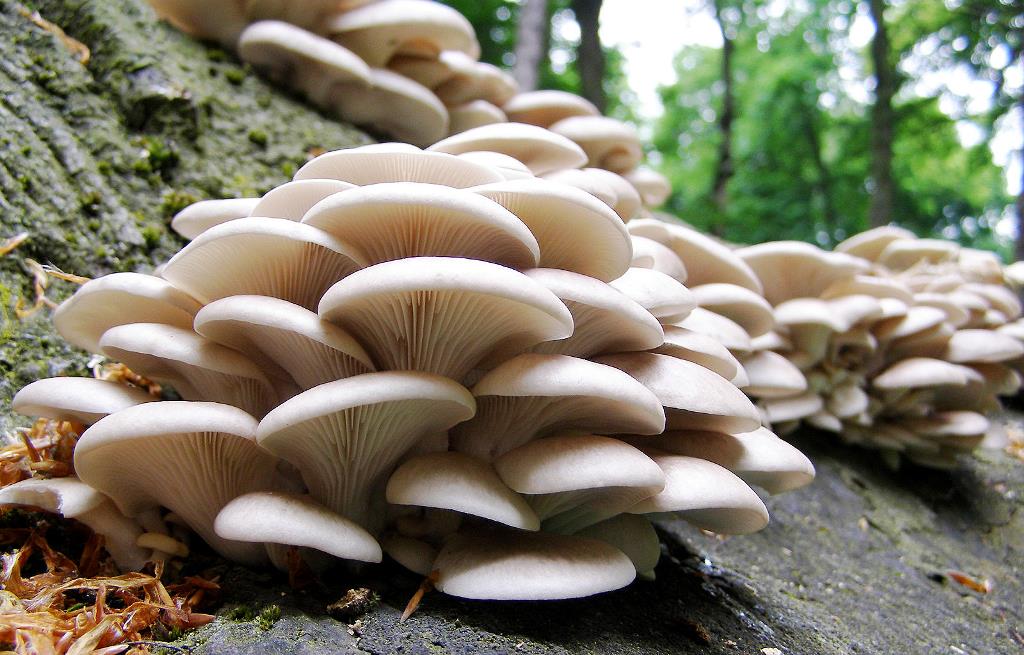Oyster mushroom: Red Data Book of Armenia

Category. VU– Vulnerable.
Brief description. Cap is from 5 to 15 cm across, white, yellow–grey, smooth or scaly, fleshy flat or convex, slightly excentric. Flesh is white with pleasant taste and smell. Gills are white with greyish colouring, shallow and wide, decurrent. Stipes 3–5 x 1–2 cm, whitish, hard, excentric. Spore print is white. Spores are 8–14 x 4–5,5 µm, colourless, spindle–shaped, smooth.
Distribution. Generally in Europe, Asia, Northern Africa, Southern Caucasus (Georgia, Armenia). In Armenia it is found in Aparan floristic region – in the slopes of the mountain Arayi, in Yerevan floristic region – the territory of "Khosrov" State Reserve (in the surroundings of Garni).
Ecological, biological and phytocenological peculiarities. In Armenia it can be found on the roots and dead stalks of umbelliferous plants (Eryngium, Ferula), in forestless areas in the months of April–May, on the altitude of 1300–1800 m above sea level. Herbotrophic fungi, parasite. This is a less spread edible mushroom. It is artificially cultivated in small quantities in some countries.
Main factors of endangering. Influence of human factor on biotopes, disappearance of corresponding biotopes. Irregular mushroom gathering by the population.
Nature conservation measures. In Armenia it is conserved in corresponding ecosystems of "Khosrov" State Reserve. It is necessary to carry out monitoring of the state of the known populations and discovery of new biotopes. Raise of the mycelial culture of the fungi and artificial growth are possible.
Suggestions
 The Ministry of Environment sent a letter international partners to draw their attention to the real danger of environmental disasters as a result of Azerbaijan's large-scale aggression towards the territory of Armenia
The Ministry of Environment sent a letter international partners to draw their attention to the real danger of environmental disasters as a result of Azerbaijan's large-scale aggression towards the territory of Armenia
 Vicia pisiformis: Red Data Book of Armenia
Vicia pisiformis: Red Data Book of Armenia
 Vavilovia formosa: Red Data Book of Armenia
Vavilovia formosa: Red Data Book of Armenia
 Trigonella capitata: Red Data Book of Armenia
Trigonella capitata: Red Data Book of Armenia
 Trigonella astroides: Red Data Book of Armenia
Trigonella astroides: Red Data Book of Armenia












